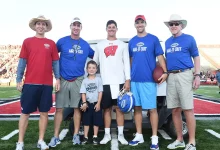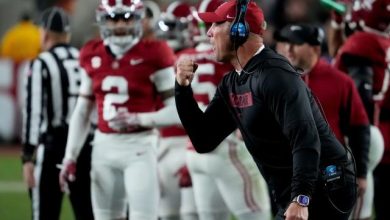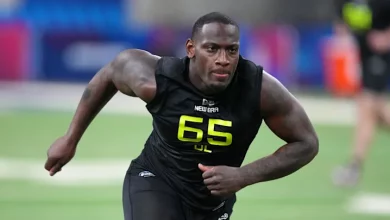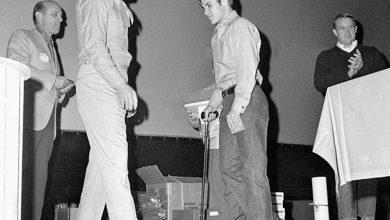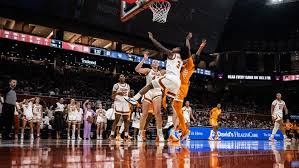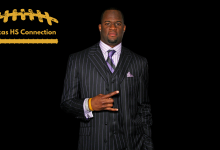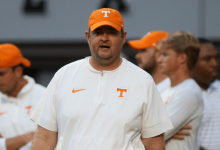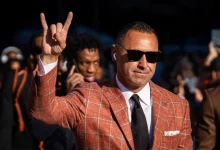Shohei Ohtani advances in his recovery to return to the mound, all while maintaining his elite power and consistency at the plate for the Dodgers.
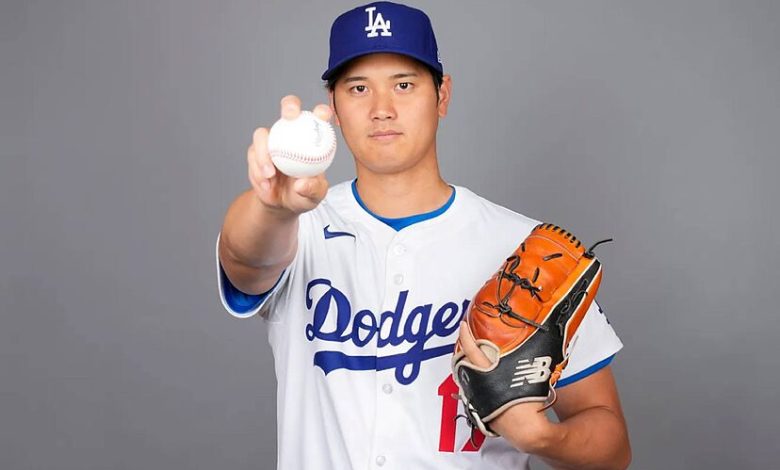
As the 2025 MLB season unfolds, Shohei Ohtani continues to do what only he can—defy the conventions of modern baseball. While fans pack Dodger Stadium to see the Japanese megastar launch home runs with his signature violent-yet-fluid swing, a quieter but no less compelling story is playing out behind the scenes: Ohtani is steadily advancing in his rehab with plans to return to the mound in 2026.
It’s a storyline full of promise, patience, and unprecedented ambition. After undergoing his second elbow surgery in September 2023, Ohtani vowed to remain an elite offensive force while slowly working his way back into pitching form. And thus far, he’s held up his end of the bargain—and then some.
In the eyes of the Los Angeles Dodgers’ leadership and training staff, Ohtani’s journey is nothing short of extraordinary. Managing one of the most complex recoveries in sports while remaining among the league’s most dangerous hitters is a feat few could even imagine, let alone execute.
Power at the Plate: Ohtani’s Offensive Mastery
Ohtani entered the 2025 season with more uncertainty than usual—not about his hitting but about how his elbow would affect his swing and mental approach. Any concerns were quickly erased.
Through the first two months of the season, Ohtani is among the league leaders in home runs, slugging percentage, and OPS. His advanced metrics—exit velocity, barrel rate, and hard-hit percentage—are all in elite territory. His approach at the plate is disciplined yet aggressive. And most importantly, he’s healthy.
“He’s giving us MVP-level production while also going through a rigorous pitching rehab,” Dodgers hitting coach Robert Van Scoyoc said. “That level of focus and consistency is what separates Shohei from everyone else.”
Ohtani’s success is a testament to both his natural ability and his commitment to preparation. His batting cage sessions remain a master class in mechanics, rhythm, and bat speed. His in-game plate discipline has improved dramatically, showing a better eye and greater ability to work counts. Pitchers can’t overpower him, and when they miss, he makes them pay.
“He’s the best hitter in baseball right now,” teammate Freddie Freeman said bluntly. “And that’s while he’s rehabbing to be the best pitcher again, too.”
The Quiet Comeback: Progress Toward the Mound
While Ohtani’s bat gets the headlines, his right arm is quietly becoming a bigger part of the Dodgers’ long-term plans once again.
Following a modified internal brace procedure to repair his UCL—different from his original Tommy John surgery—Ohtani entered a carefully curated rehab program created by Dodgers medical staff in collaboration with his own training team. The program is built on the principles of biomechanical efficiency, durability, and long-term sustainability.
“He’s hitting all his benchmarks and then some,” said Dodgers pitching coach Mark Prior. “The progression has been incredibly encouraging.”
The program includes flat-ground throwing sessions, long toss, strength and mobility work, and biomechanically monitored bullpen sessions using cutting-edge motion-capture technology. Each phase is data-driven and overseen by experts in pitching mechanics and tendon health.
Ohtani has remained tight-lipped about the details of his throwing program, but sources inside the organization say he’s hit every milestone ahead of schedule without any setbacks.
“He’s like a machine,” one Dodgers trainer said. “Once he sets his mind to something, he’s relentless. But he’s also smart—he’s not cutting corners or rushing.”
The Long Game: Why 2026 Matters More Than 2025
It’s tempting for fans and even analysts to speculate about a surprise 2025 return to pitching for Ohtani, especially if the Dodgers are in a tight postseason race. But that’s not the plan.
From the beginning, Dodgers President of Baseball Operations Andrew Friedman has emphasized the big picture. The goal is not simply to get Ohtani back on the mound; it’s to have him thriving there for years to come.
“We want Shohei to be a dominant two-way player not just in 2026, but in 2028, 2030, and beyond,” Friedman said. “That’s why we’re taking this approach. We’re protecting a long-term asset, not making a short-term play.”
That approach mirrors how the Dodgers manage all their stars—maximizing both performance and career longevity. But in Ohtani’s case, the stakes are even higher. With a $700 million contract that spans a decade and includes deferred payments, the Dodgers’ investment in Ohtani is as much about the next era of the franchise as it is about the current one.
Teammates and Clubhouse Presence
Despite not pitching, Ohtani’s value to the Dodgers clubhouse is immense. His work ethic, professionalism, and humility have left a strong impression on teammates and coaches alike.
“He’s the same guy every day,” said Mookie Betts. “He shows up, gets his work in, does extra, and never complains. When a guy like that is also your best player, it raises the standard for everyone else.”
Ohtani’s quiet leadership has helped him integrate seamlessly into a team filled with veteran stars and young talent. He’s also developed a unique camaraderie with Japanese ace Yoshinobu Yamamoto, providing support both on and off the field.
“Shohei knows what it means to carry the hopes of a nation,” Yamamoto said. “He’s been very generous in helping me adjust and prepare. I admire him a lot.”
Global Icon, Local Star
Ohtani’s popularity isn’t limited to Los Angeles or even the United States. He remains a cultural icon in Japan and is one of the most marketable athletes in the world.
Every game he plays is broadcast live in Japan. His jerseys are best-sellers across multiple continents. And every home run is replayed thousands of times on social media. Yet, despite his global fame, Ohtani has remained remarkably grounded.
“He’s never acted like he’s above the game,” Friedman said. “He respects the work, respects the process, and respects the team.”
Ohtani’s humility and charisma have made him the face of the franchise—and, increasingly, the face of baseball.
Looking Ahead: 2026 and Beyond
While the 2025 season is about staying elite offensively, 2026 is shaping up to be a potential historic campaign for Ohtani and the Dodgers.
If his rehab continues to progress, Ohtani could return to the rotation by spring training next year. The Dodgers already envision a 2026 rotation featuring Ohtani, Yamamoto, Walker Buehler, Bobby Miller, and potentially Gavin Stone or another young arm. That’s a championship-caliber group.
More intriguingly, the idea of Ohtani returning to full two-way status could redefine how teams structure their lineups and pitching staffs.
“There’s nobody like him,” Prior said. “We don’t even have a comp. He’s breaking the mold, and we’re fortunate to be the ones managing it.”
Final Thoughts: History in the Making
Shohei Ohtani’s career is a story of daring, discipline, and dual excellence. What he’s accomplishing in 2025—slugging like a top-5 hitter while rehabbing to return as a top-5 pitcher—is unprecedented.
The Dodgers are playing the long game, and Ohtani is fully aligned with that vision. They’re not chasing headlines—they’re chasing legacy.
And if all goes according to plan, the best of Shohei Ohtani may still be ahead. Baseball, after all, has never seen anything quite like him—and may never again.


